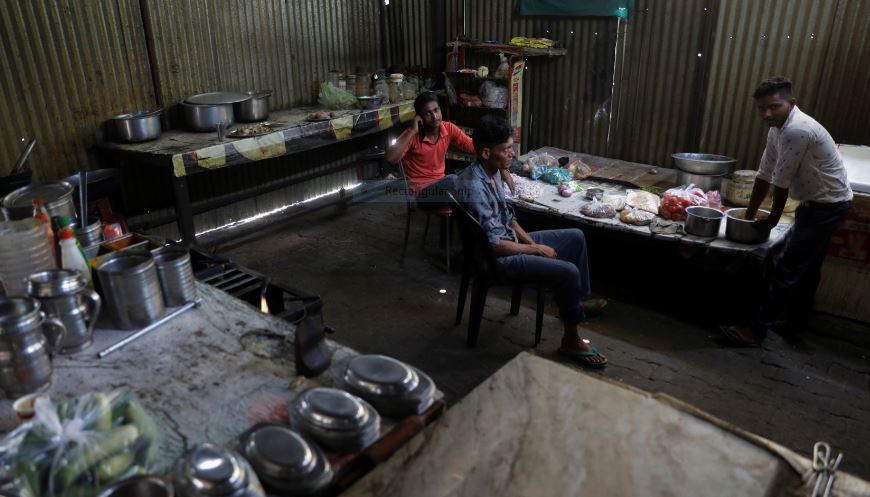- Sunday, February 23, 2025

By: Pramod Kumar
INDIA’s rural economy has almost crashed due to lockdowns imposed by authorities trying to contain the surge of the second Covid wave.
The only ray of hope now is the monsoon season, which began this month, as farmers expect normal rainfall.
Sugarcane grower Dattatray Bagal in Maharashtra, who lost family members including his father to Covid, has said that the hospital bill, which was more than Rs 800,000, exhausted his savings and forced him to borrow from relatives.
Some farmers like Yogesh Patil from Sangli district of Maharashtra were hit so badly that they don’t have money to buy seeds and fertilizers to plant summer-sown crops such as corn and soybean.
“I was expecting to earn more than 100,000 rupees from a one-acre plot of tomatoes. But prices crashed because of the lockdown and I couldn’t recover the production cost,” Patil told Reuters.
Almost two-thirds of India’s 1.35 billion population live in the small towns and villages in the countryside, and the rural economy accounts for about a third of the country’s gross domestic product.
So whatever bounce back India’s economy makes from the pandemic, the farm sector is unlikely to be a big help, with rural households saddled in debt, unable to make purchases needed to drive their farm output, or keep money circulating in their communities.
‘Sentiments are weak’
Rural India was largely spared during the first wave of infections, which peaked in September, as the farm sector grew 3.6 per cent in the fiscal year that ended in March, even though latest official estimates showed the broader economy contracted 7.3 per cent. But the second wave appears to have washed away that resilience.
“This time sentiments in the hinterland are very weak and even those with money are choosing to save rather than spending it or paying off loans,” said Ramesh Iyer, managing director, Mahindra Finance, one of the biggest shadow lenders in the rural sector.
Iyer said even with farm incomes rising, fewer people are taking on housing, car and personal loans, and nearly one in three borrowers are delaying repayments. This is either because lockdowns have restricted activity or people’s earnings have stopped or they prefer to save for emergencies.
India’s vaccination drive is also far behind the curve, and the fears of a potential third wave are damaging people’s confidence in the economic outlook.
“There are serious concerns over rural demand and businesses,” said Rupa Rege Nitsure, chief economist with L&T Financial Management, adding that a lot depended on how fast India vaccinates its rural towns and villages.
Rising input costs, notably for fuel, have eroded the benefits reaped by farmers from improved prices for their produce in the last six months.
“We hire tractor for ploughing, sowing and to bring fertilizers,” said Gajanan Patil, a farmer from Maharashtra. “As diesel prices have hit a record high, ploughing charges have also gone up by 30 per cent. Even to harvest crop and to carry it to markets we will have to pay more.”